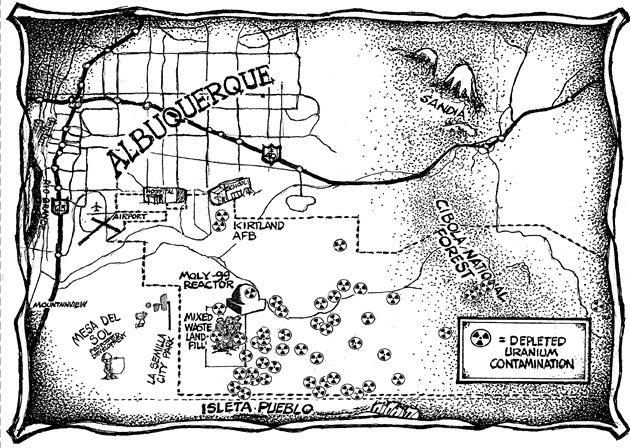
Living Rivers
Living Rivers is one of 39 environmental and peace organizations that won a landmark lawsuit against the U.S Department of Energy for failure to follow-through on adequate environmental cleanup during its 50+ years of nuclear weapons research, testing, and production. Part of this settlement was the establishment of the MTA Fund (Citizens’ Monitoring and Technical Assessment Fund), which provided $6.25 million for tribes and non-profit organizations to assess and conduct independent technical and scientific studies regarding the multitude of technical, ecological, and health issues surrounding the nation’s nuclear weapons complex.
Clark University was chosen by the non-profit peace and environmental groups as the conservator of these reports to ensure they remain available to the public in perpetuity. The unconventional election of university as conservator is an innovative example, particularly within the era of Web 1.0, of higher education as protector and provider of information through wide dissemination.
The research and reports available in this series were conducted by Living Rivers with their allocated portion of the MTA fund.
If you have any questions or concerns please contact us at digitalrepository@clarku.edu.
-

The Moab Mill Project
Living Rivers, John C. Dohrenwend Dr., and Noam Greenbaum Dr.
This study evaluates the analyses by the Department of Energy (DOE) concerning flood flows on the Colorado River in the vicinity of the Moab Mill Project Site at Moab, Utah (former Atlas Uranium Mill), and other relevant information regarding the erosional potential of the Colorado River during an extreme flood event. Specifically, the evaluations address probable maximum floods by investigating paleoflood deposits upstream of the uranium mill tailings pile, in addition to historic river channel migration in the vicinity of the pile.
Concerned citizens of Moab and Grand County understood the uranium tailings pile (12 million tons) adjacent to the Colorado River posed a serious health hazard for residents, visitors, downstream water consumers, and endangered species. In 2004 it appeared certain that the DOE would mitigate this hazardous material by stabilizing and armoring the tailings pile in place alongside the Colorado River.
This research was completed money allocated during Round 6 of the Citizens’ Monitoring and Technical Assessment Fund (MTA Fund). Clark University was named conservator of these works.
If you have any questions or concerns please contact us at digitalrepository@clarku.edu


